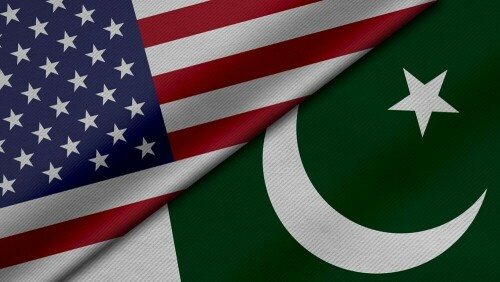ISLAMABAD, June 19: The World Bank and the United Nations Development Programme (UNDP) have estimated that poverty rate in Pakistan ranges between 25.7 per cent and 28.3 per cent as against the government’s estimates of 23.9 per cent.
The two institutions have asked the government to improve the methodology of arriving at poverty estimates to depict a genuine picture of the overall condition and standard of living of people in the country. They also raised questions about poverty surveys that did not portray the condition of majority of rural people.
The government had announced early this month that 23.9 per cent people lived below the poverty line and that poverty rate had declined by about 10.6 per cent from 34.46 per cent in 2001. It said the estimates and methodology had been endorsed by development partners, like the WB, the DFID of the United Kingdom, the Asian Development Bank and UNDP’s expert Prof Nanak Kakwani.
Prof Kakwani said in a written reply to Dawn’s questions that he had got the poverty estimates of 25.7 per cent in 2004-5 and 35.7 per cent in 2001-2 by using a refined methodology.
“In my report, I also expressed the views that the CRPRID (Centre for Research on Poverty Reduction and Income Distribution) methodology could be improved considerably,” he said.
He, however, confirmed that by adopting the poverty estimates and methodology used by the government’s CRPRID, he arrived at the poverty estimates of 34.46 per cent in 2001-2 and 24 per cent in 2004-5.
He said the earlier poverty figure of 32.1 per cent being used by the government for 2001-2 “cannot be justified by any methodology”.
He said: “The new methodology which I am proposing brings greater dis-aggregation. It provides separate poverty lines for food and essential basic non-food items of consumption such as clothing, housing, education, health, transport and so on. It is more transparent and can identify the genuine poor.”
The World Bank Country Director for Pakistan John Wall told Dawn that his institution had no hesitation to endorse the numbers arrived at by the CRPRID to avoid confusion and it had adopted the government’s definition of poverty line.
He, however, said that according to the World Bank’s estimates based on the government’s survey the poverty rate in the country was about 28.3 per cent in 2004-5, compared with 33.3 per cent in 2001, showing a decline of five per cent. He argued that the government used the consumer price index (CPI) to gauge the poverty rate from 2001 to 2005 but it did not adequately represent the price situation, particularly in rural areas, and that was why the government was now working on expanding the CPI coverage. He said there was a wide difference in prices situation indicated by the CPI and the Pakistan Social and Living Standards Measurement (PSLM) survey.
He said the CPI-based and survey-based poverty rate was put at 30 per cent in 1998-9 but the difference between the two methods was very big during the period between 2001 and 2005.
He said the results of 2001 and 2005 were not comparable because 2001 was a drought year and 2005 emerged as a bumper crop year.














































Dear visitor, the comments section is undergoing an overhaul and will return soon.